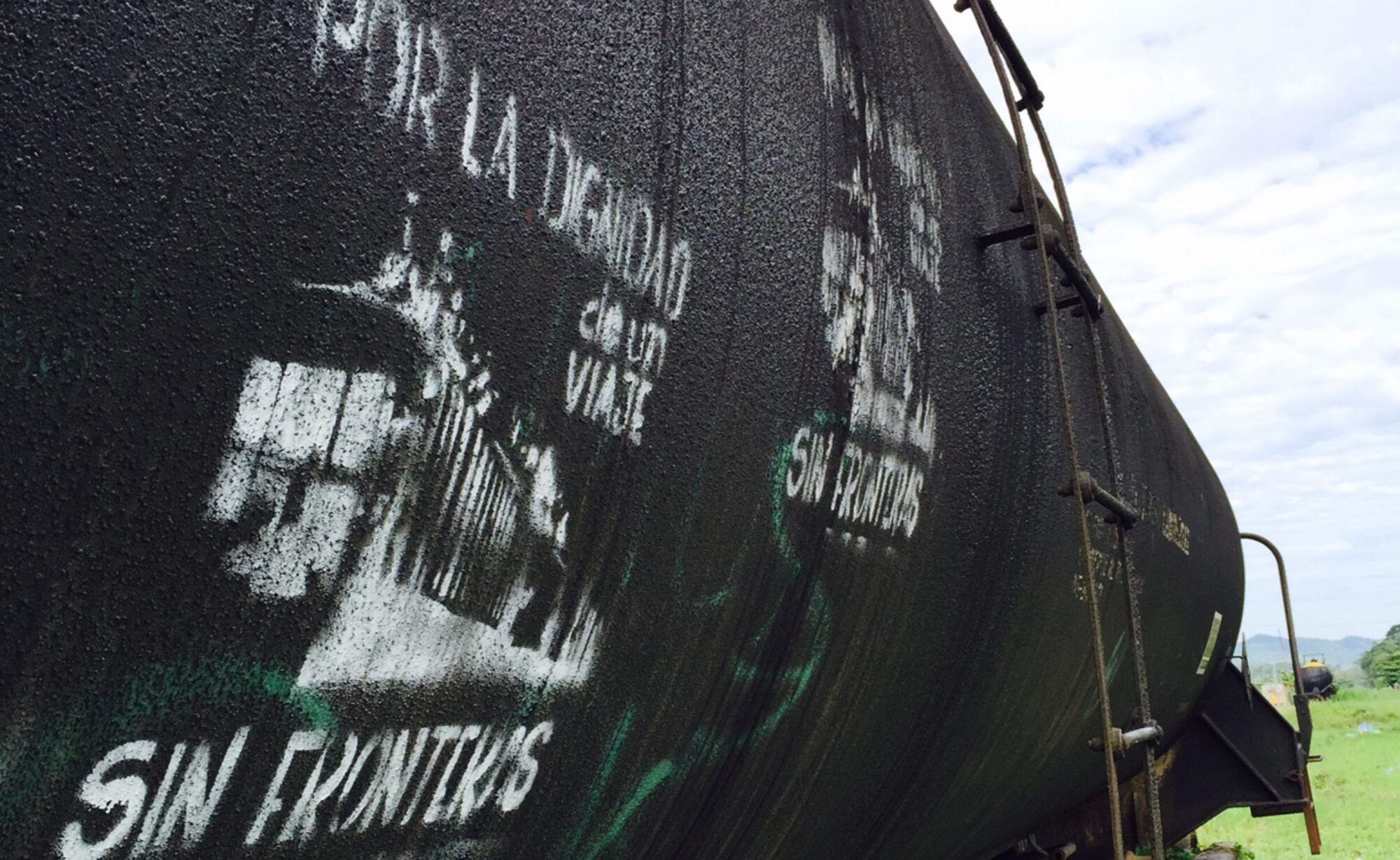The world’s wealthiest countries have chosen how they approach global climate action – by militarising their borders. As this report clearly shows, these countries – which are historically the most responsible for the climate crisis – spend more on arming their borders to keep migrants out than on tackling the crisis that forces people from their homes in the first place.
This is a global trend, but seven countries in particular – responsible for 48% of the world’s historic greenhouse gas (GHG) emissions – collectively spent at least twice as much on border and immigration enforcement (more than $33.1 billion) as on climate finance ($14.4 billion) between 2013 and 2018.
These countries have built a ‘Climate Wall’ to keep out the consequences of climate change, in which the bricks come from two distinct but related dynamics: first, a failure to provide the promised climate finance that could help countries mitigate and adapt to climate change; and second, a militarised response to migration that expands border and surveillance infrastructure. This provides booming profits for a border security industry but untold suffering for refugees and migrants who make increasingly dangerous – and frequently deadly – journeys to seek safety in a climate-changed world.
Read the report and executive summary for the Transnational Institute here.
